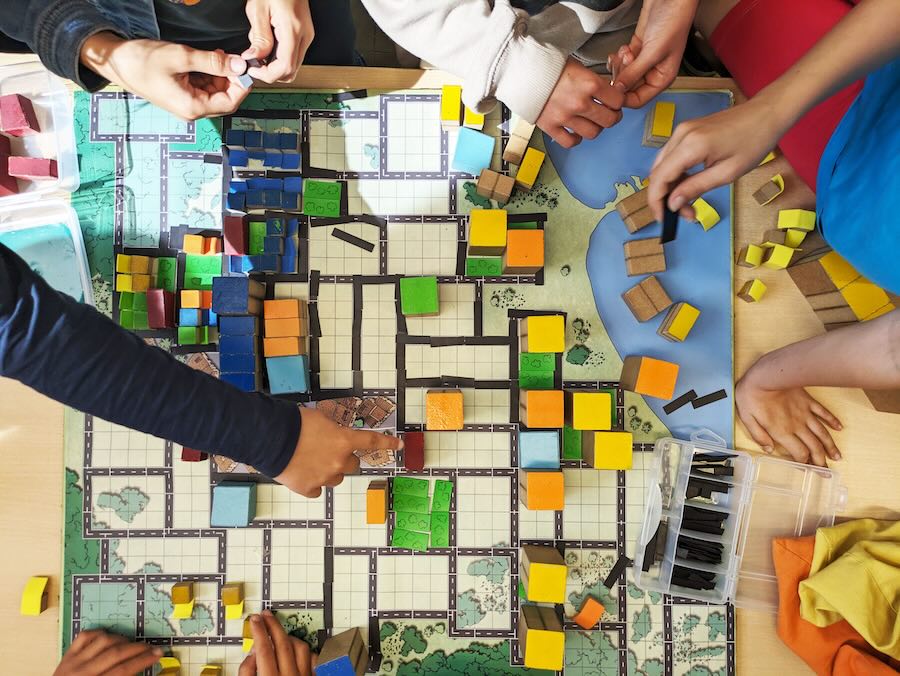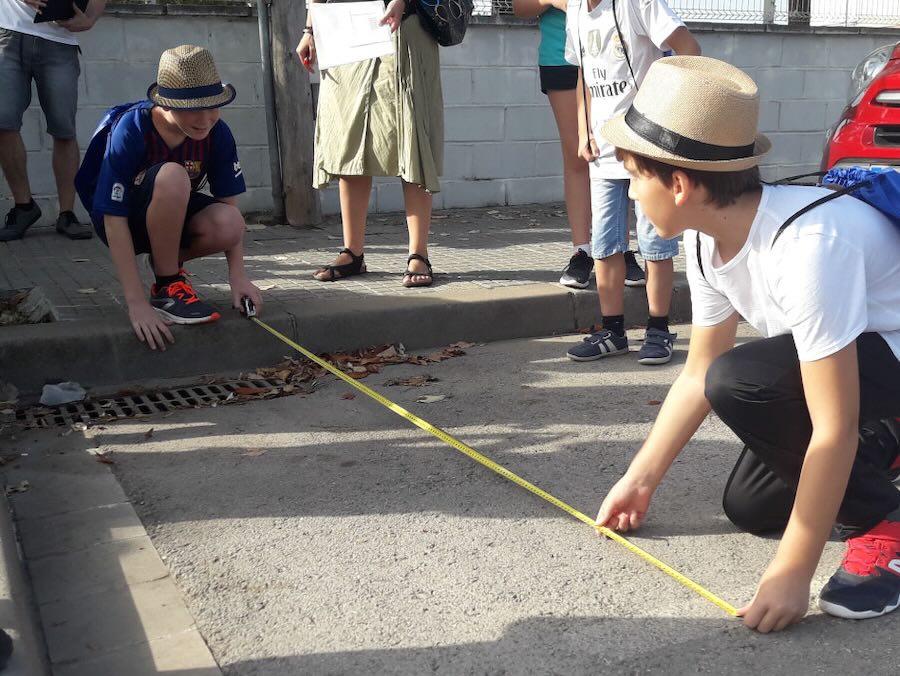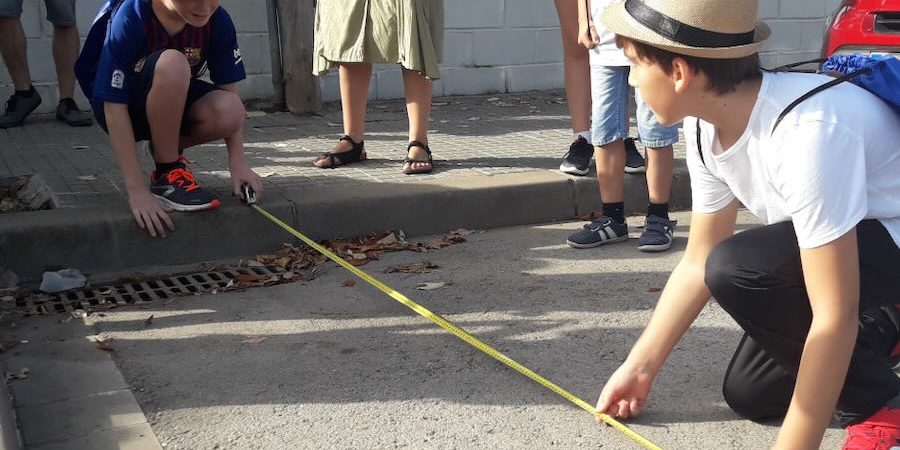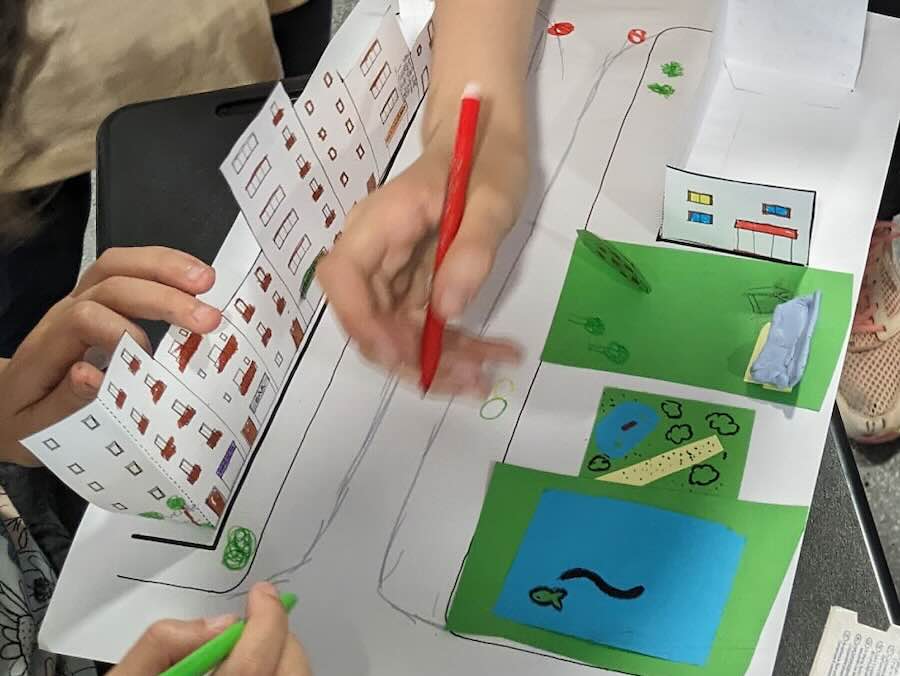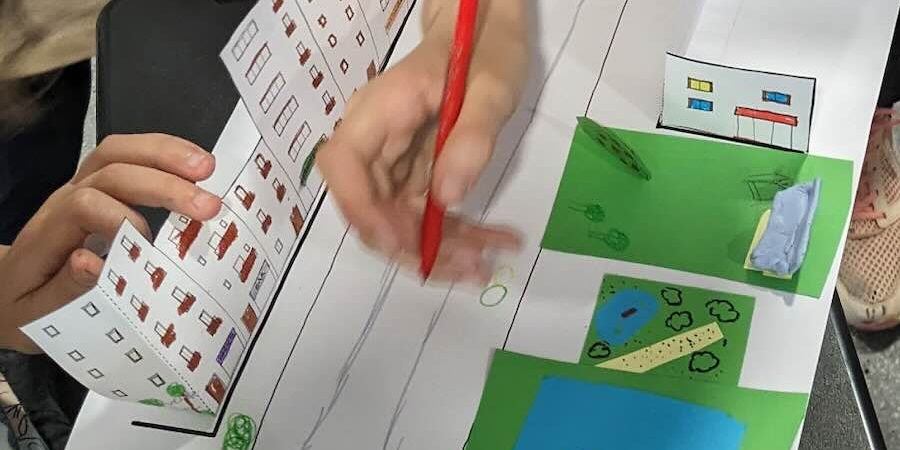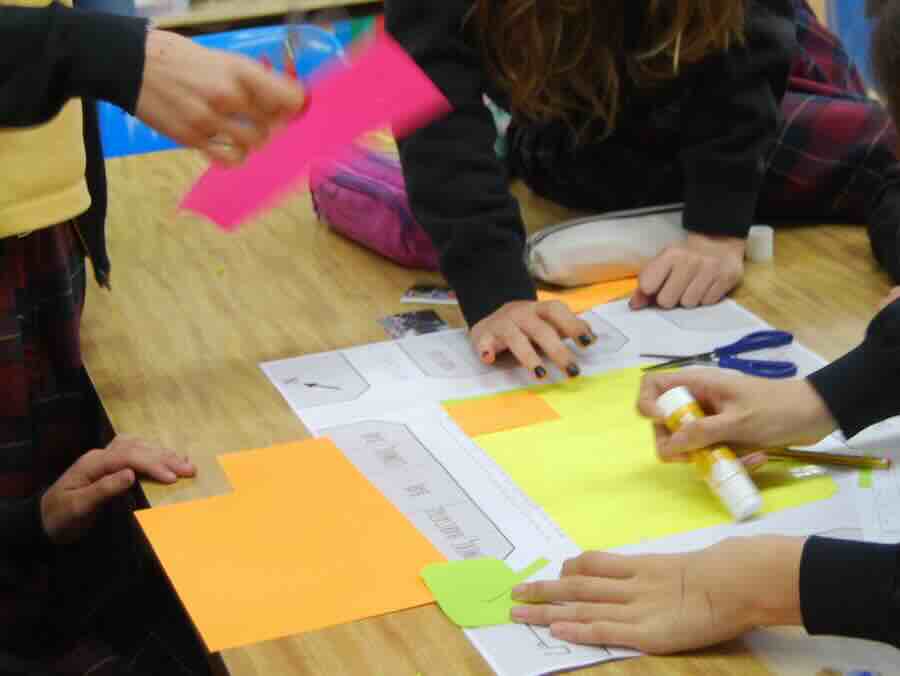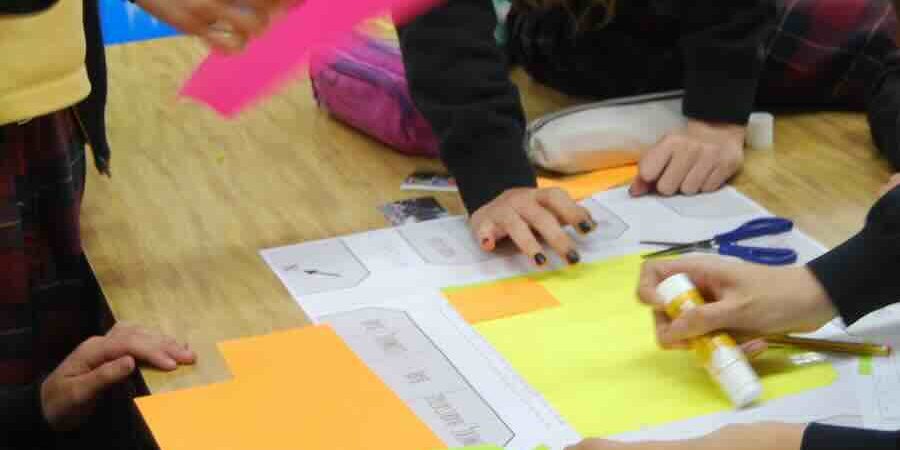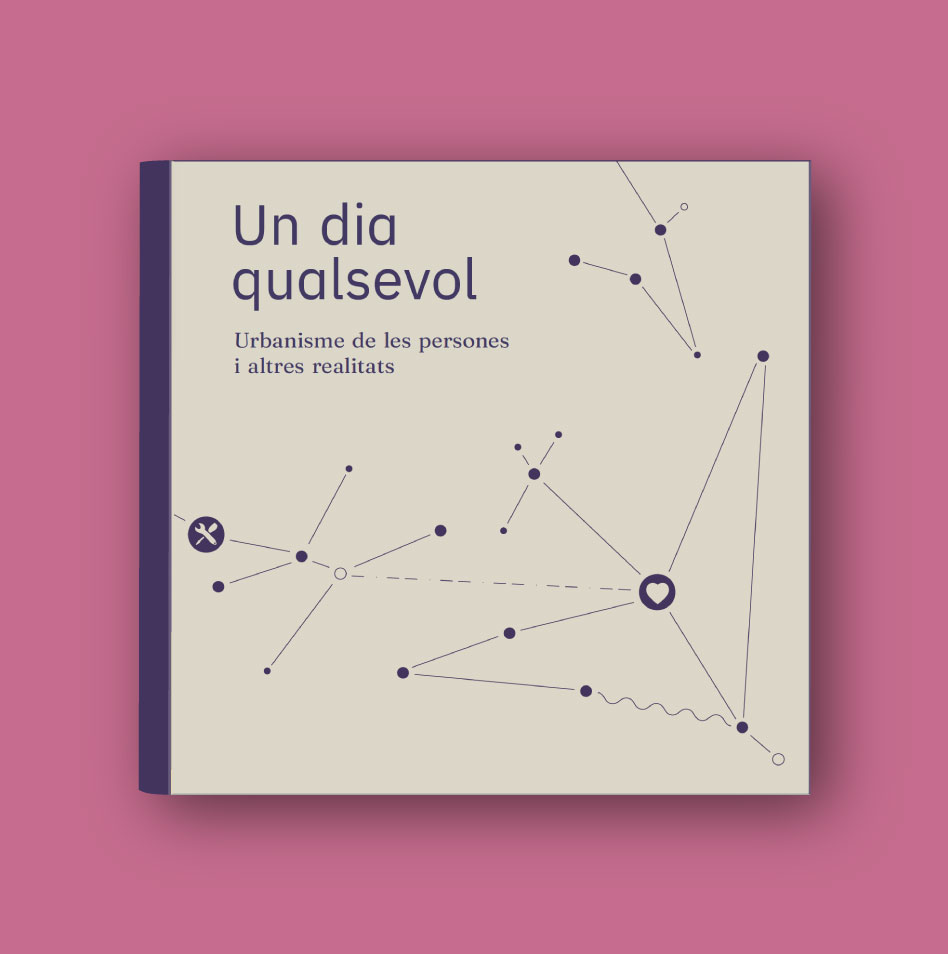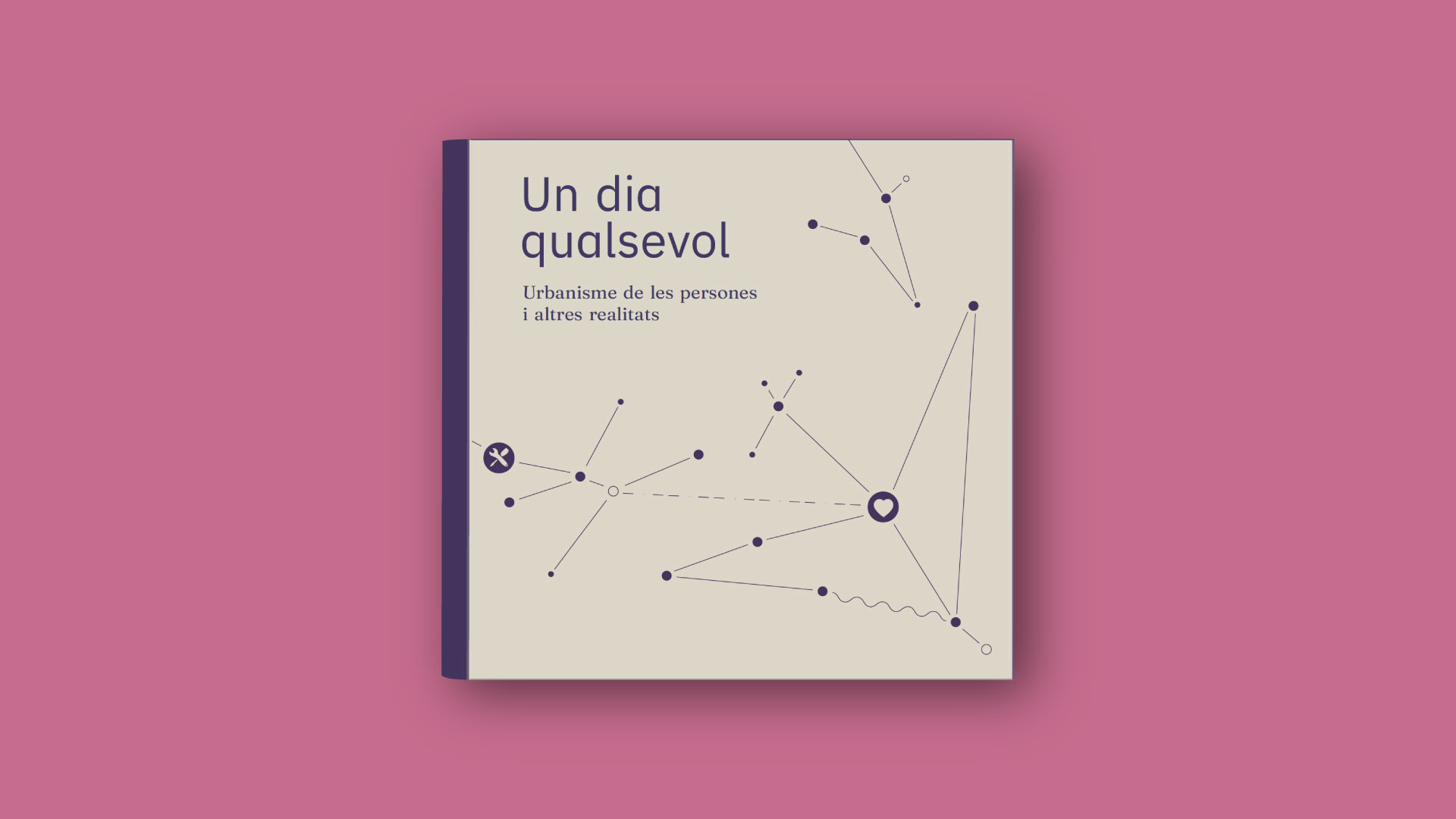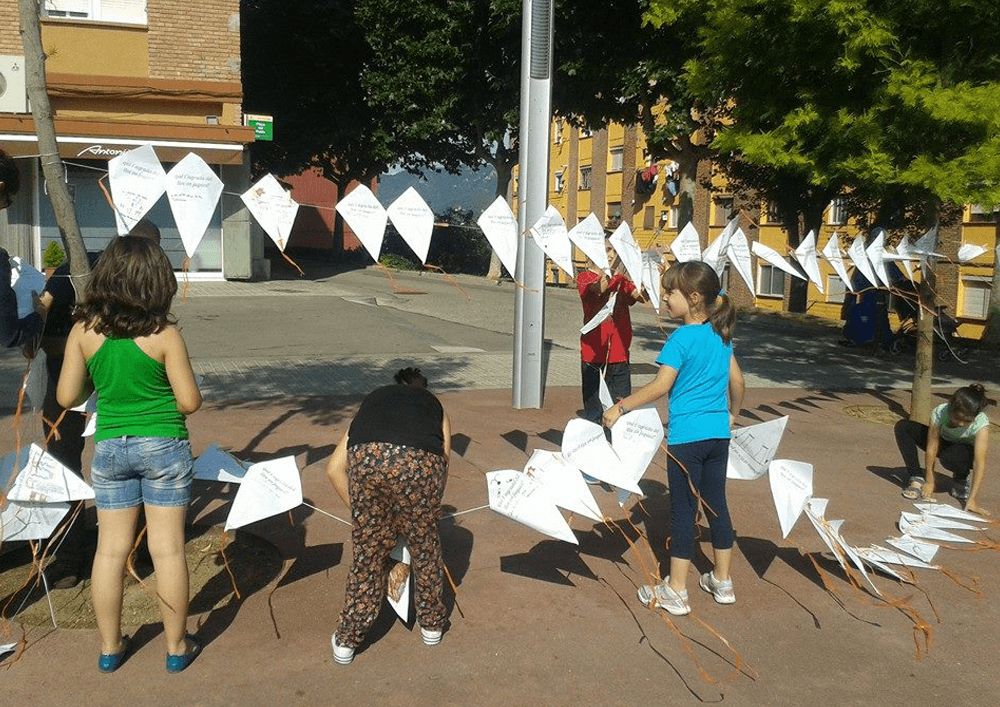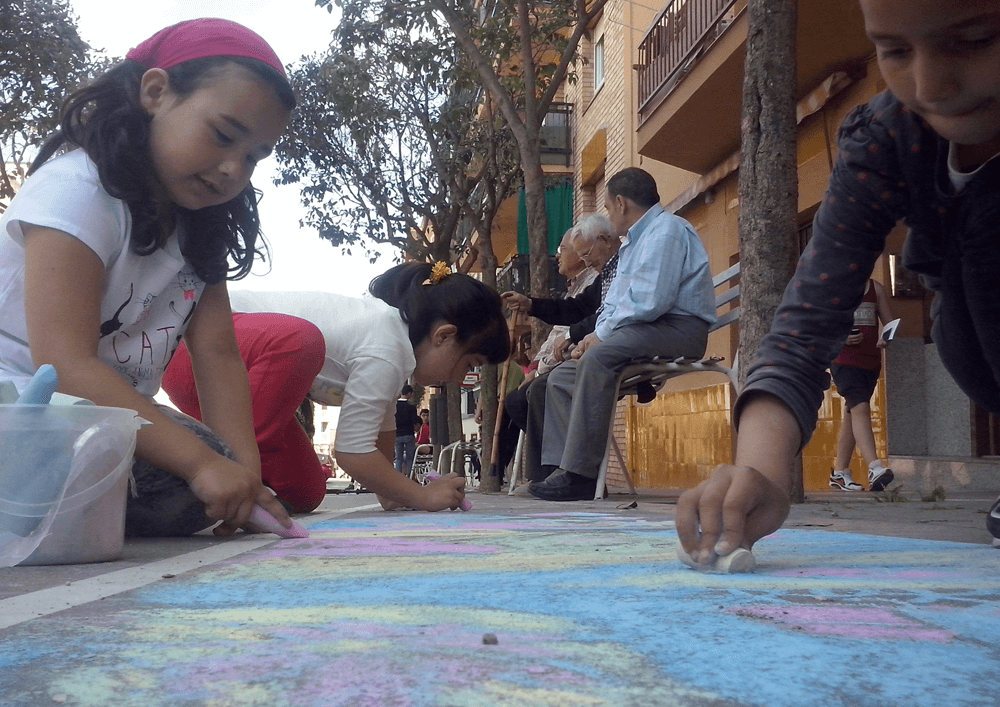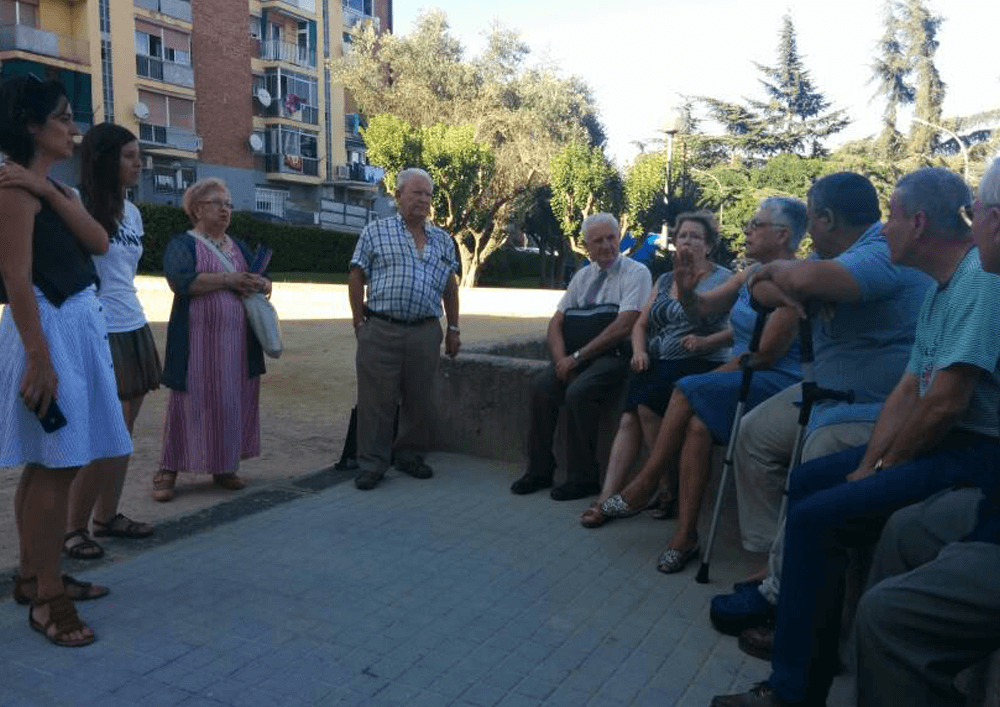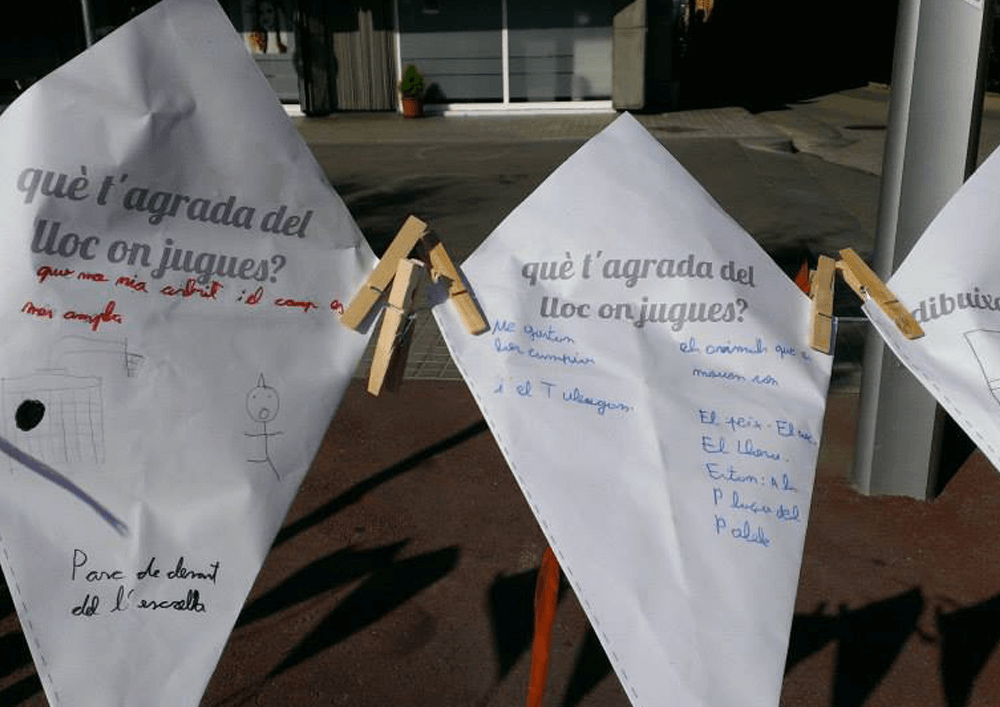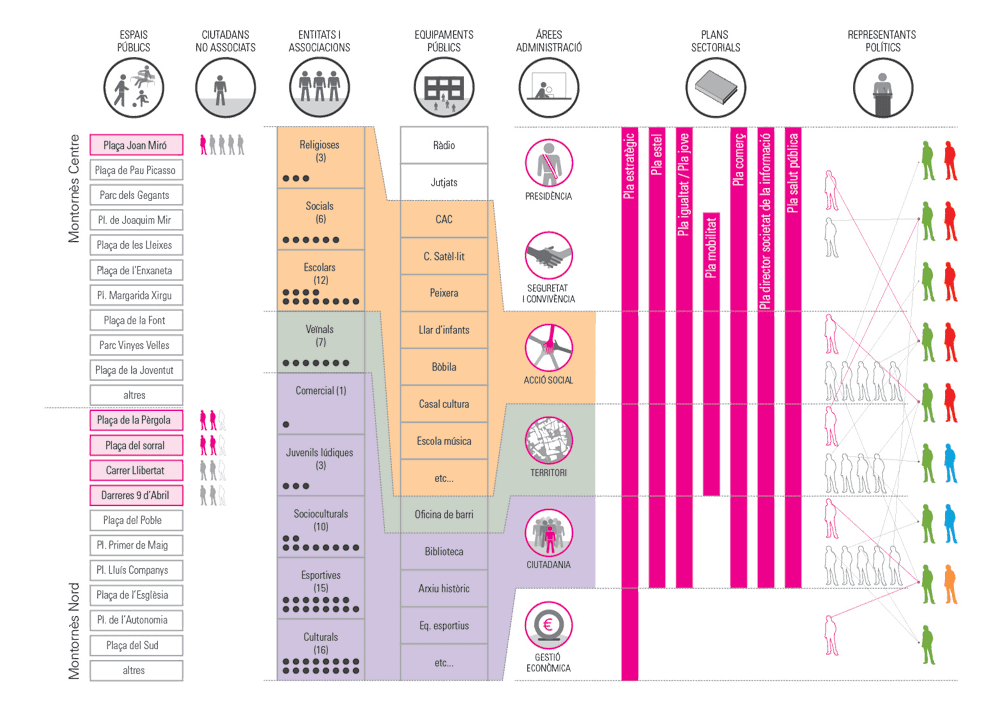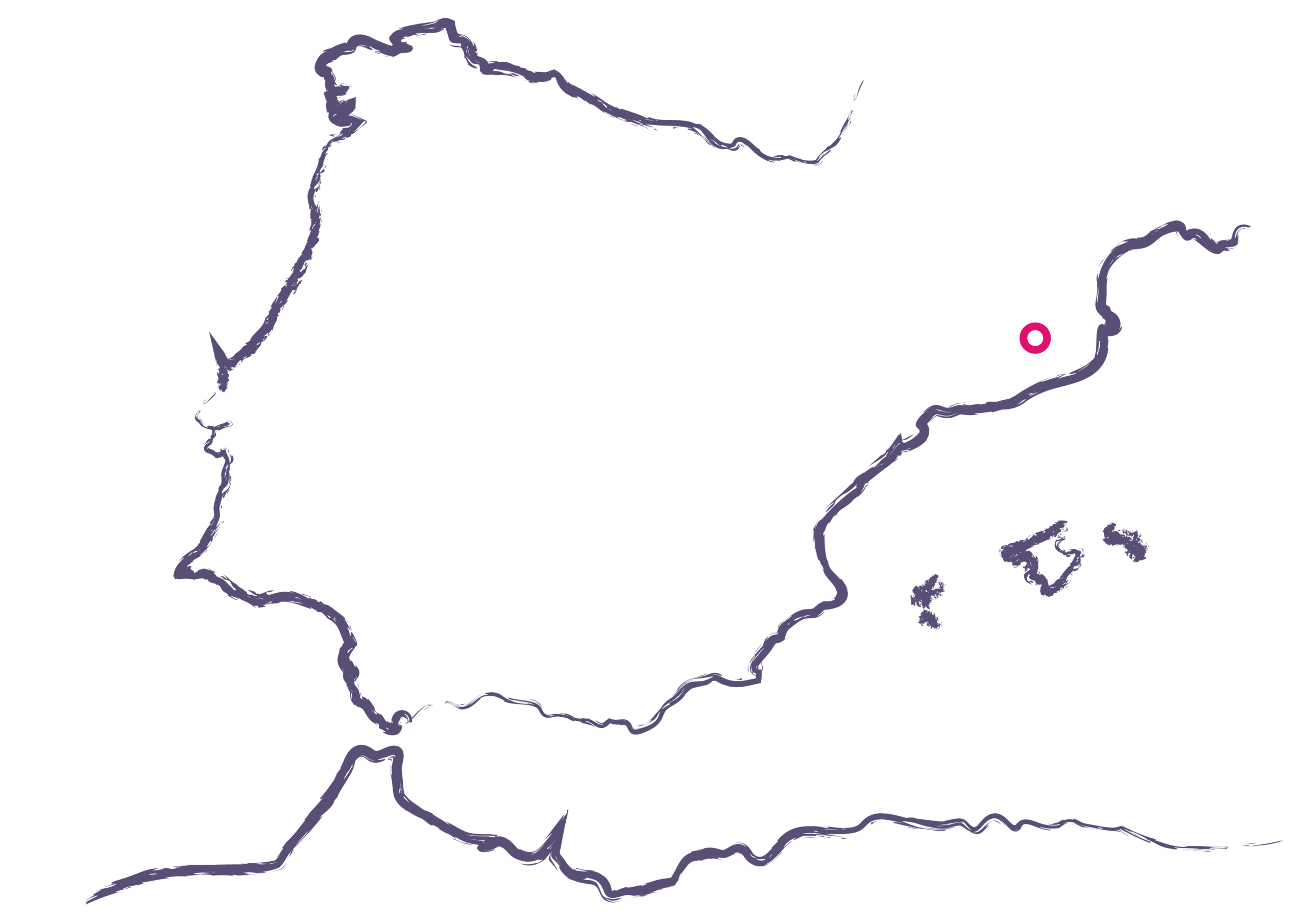Let's Build The City Together
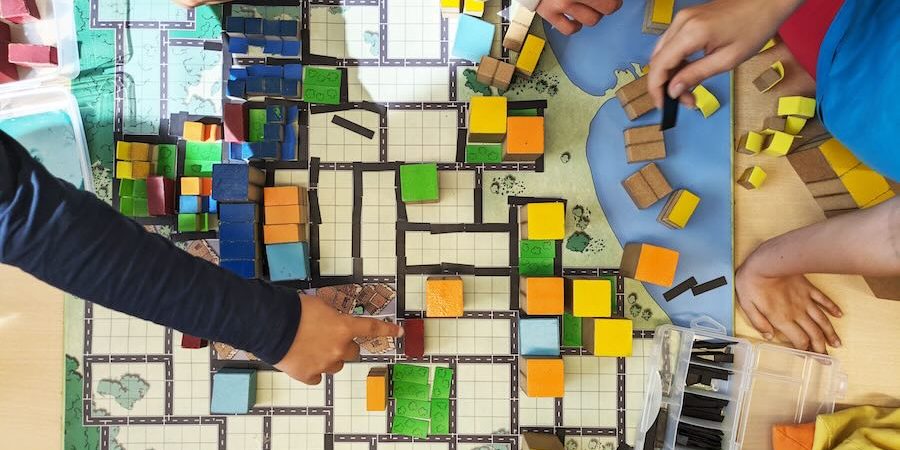
This is an activity that aims to explain to children what urban planning is and to make them aware of the importance of the city and collective life.
We want to explain to children why it is necessary to plan cities before building them and the importance that these decisions have in our daily lives. We want them to know why the cities we live in are the way they are and how they have evolved to this point. We want them to understand that we have common spaces that we share; the streets, the squares, the public facilities that we use, and which are all a product of our needs.
Most of the activity takes place around a collaborative game consisting of the construction of a large-format model of a city, where the pieces used are the different elements previously explained. From the game, they can develop their ideas, share them with their classmates and put into practice some of the concepts learned.
It is an activity with a history of more than 10 years, which has passed through many schools and cities in our territory. It began from the initiative of Urbanins, which over time has ended up joining the Estel cooperative.
Addressed to:
Children
Ages
8 – 12 years old
Duration
1,5 h

